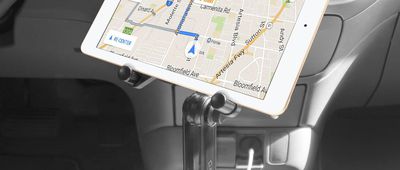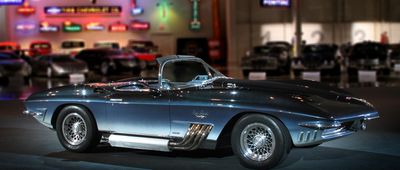Electric Avenue
Thinking about buying or leasing an electric vehicle (EV), but not sure if it's the best option for where you live? To help in your decision, the car-research site iSeeCars.com has compiled a helpful study of the states in America that are the most and least EV-friendly.
If there's one common theme that ran rampant amongst the states that don't take too kindly to electric vehicles, it's the overall lack of incentives. Tax rebates for the purchase of an electric vehicle can truly change the game when it comes to getting more electric vehicles on the road. EV infrastructure (e.g. charging stations) is another that the iSeeCars report took into account.
Read on to learn more about the most and least EV-friendly states in the U.S.





























